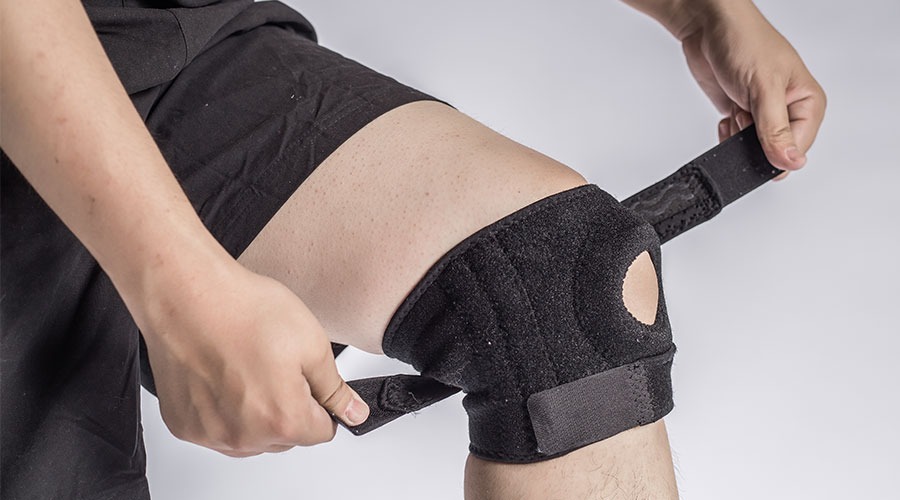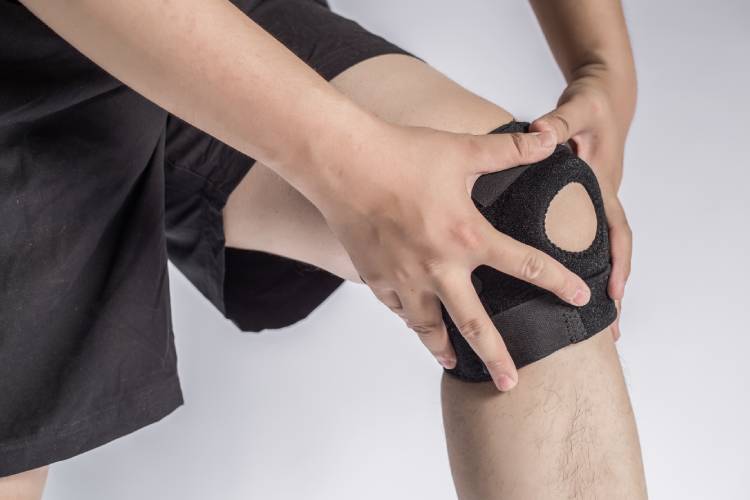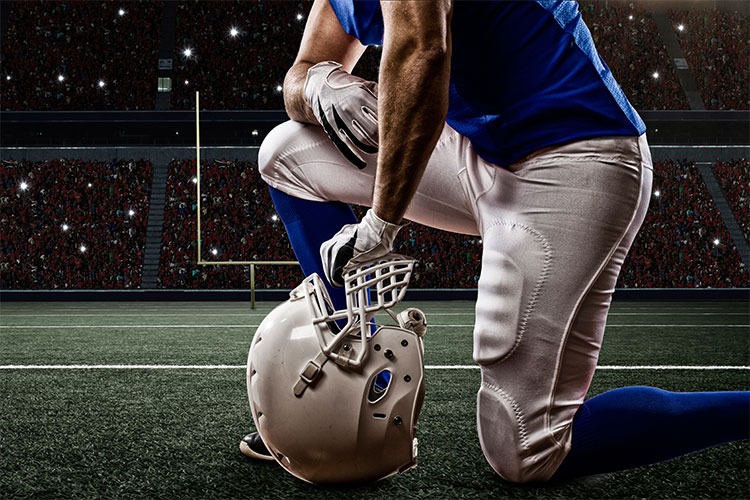
Knee pain is a common problem for young athletes and may result in both acute and overuse injuries. A variety of structures are particularly susceptible to injury among young athletes, including bones that make up the knee joint (femur, tibia, and patella), muscles and tendons that advance the joint (quadriceps, pallor tendons, and hamstrings), cartilage that connects the joint (medial and lateral meniscus) and joint (medial collateral ligament) , Ligaments, lateral collateral ligament anterior cruciate ligament, and posterior cruciate ligament).
Knee braces are an important consideration for a wide variety of injuries, and can be used for prevention or incorporation as part of a treatment plan. The goal of any knee brace must work together is to reduce the risk of injury, with congenital structures of the knee to reduce pain and promote stability without affecting normal knee function.
Knee Sleeves

These braces are called as Neoprene braces that slide above the knee. This may include cushioning over the kneecap, an opening for the kneecap, straps and / or a buttock around the kneecap. Basic sleeves provide an increased sense of warmth, compression and perhaps knee support. They can be used in the treatment of patellofemoral pain or to reduce inflammation. This provides additional protection to the front of the knee when a kneepad is involved. It is important to recognize that while knee sleeves may help relieve swelling and provide a sense of support after injury, they do not provide increased knee stability after injury or surgery.
Knee Pads

With additional padding or rigid outer shells, knee pads can include a knee sleeve that covers the front of the knee with straps that wrap around the leg to secure it in place. Knee pads do not provide increased stability, but may reduce the risk of injury, especially for the front section of the knee with potential activities such as volleyball, skateboarding, biking, or roller skating.
This brace includes a knee sleeve and straps that buckle around an opening or opening for the patella. This may limit the motion of the patella, reducing the possibility of patellar subclavation or dislocation. They can also include hinges on the sides of the knee to provide an extra sense of stability. While definitive evidence is lacking, these braces may reduce pain for some individuals with patellofemoral pain due to improper tracking of the patella.
Patellar straps (band)
Patellar bandages have become an increasingly popular and visible tool for addressing anterior knee pain in young athletes. The patellar straps should be located between the knot below the knee and the knot embossed on the calf, causing pressure on the patellar tendon below the anterior part of the knee and inserts on the lower leg. It is believed to relieve some stress on the tendon and its attachment to the tibia and may relieve pain associated with patellar tendonitis and Osgood-Schlatter disease.
Some warnings for parents about a knee brace:
All knee sterilization should be done in consultation with your child's doctor or athletic trainer. While many varieties are available without a prescription, they should only be used once an accurate diagnosis has been made and a comprehensive management program has been developed. For both acute and extreme injuries, knee braces need to be only one element of a comprehensive treatment program.
The use of a knee brace should be carefully considered to prevent knee injuries. This approach has not yet been shown to be cost effective, and appropriate sport-specific training programs should not be replaced to minimize injury.